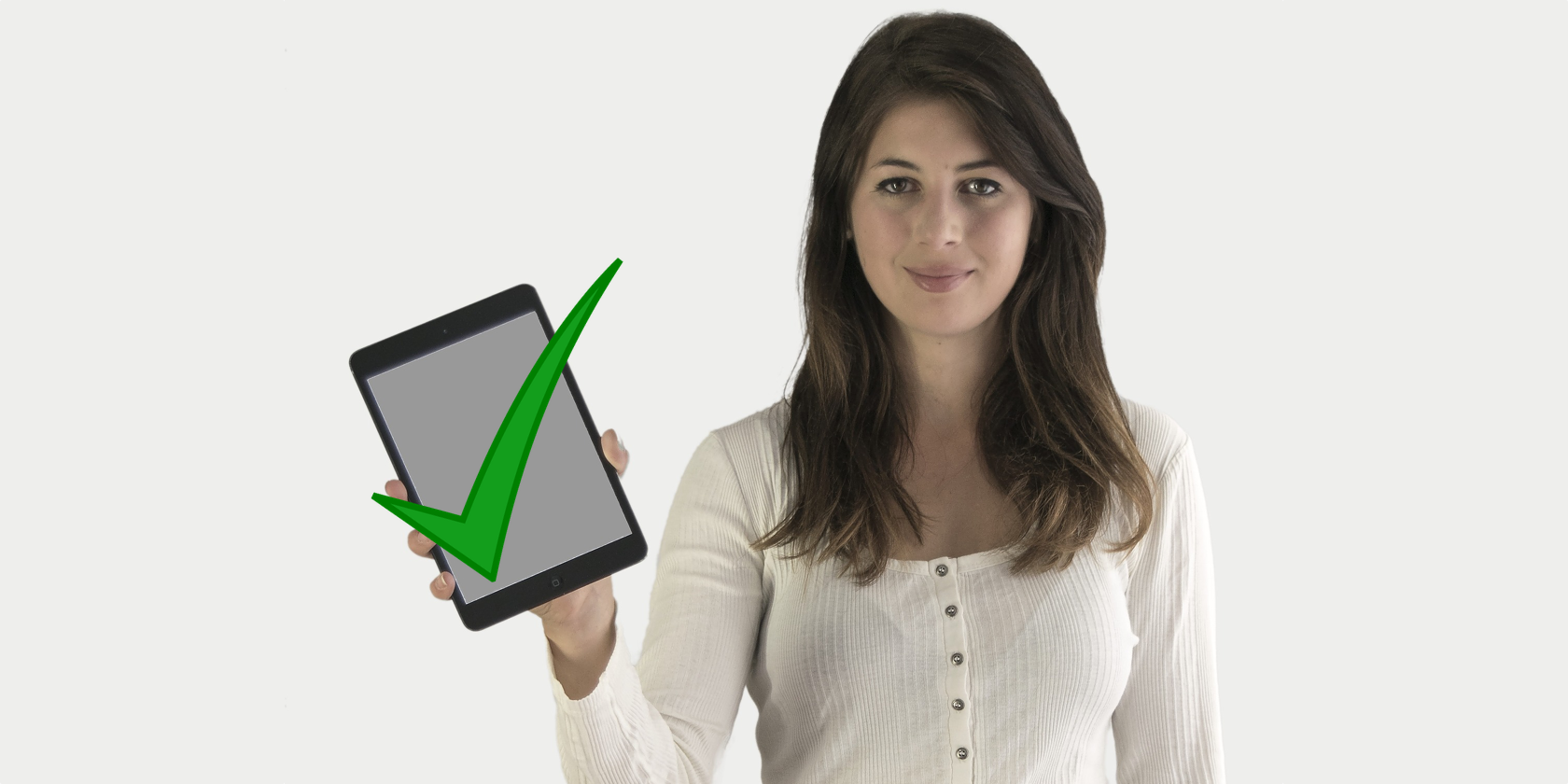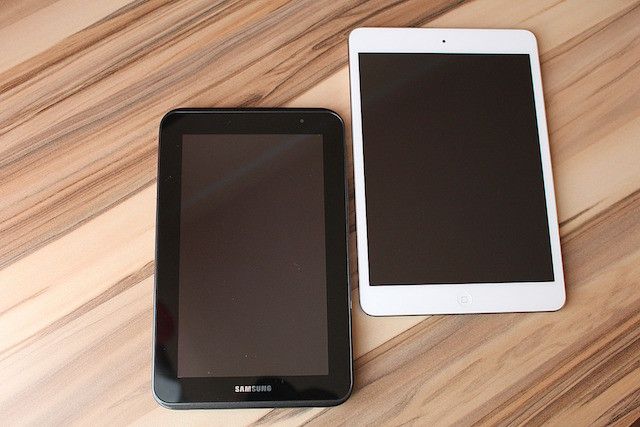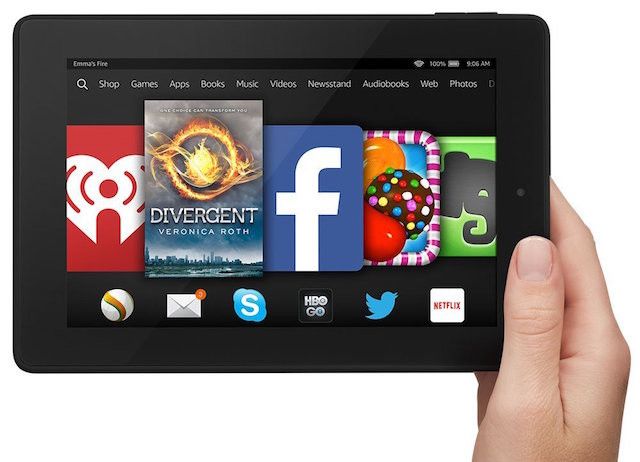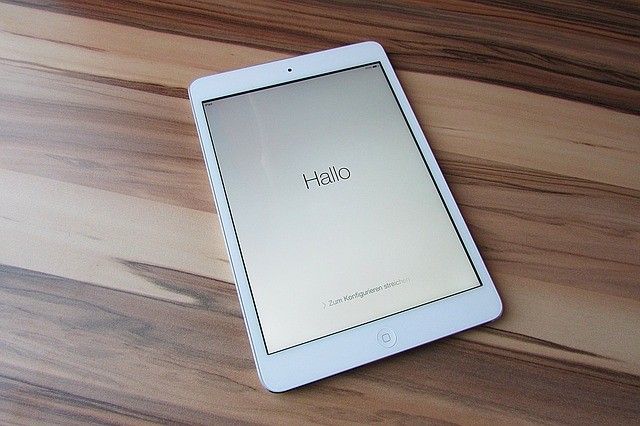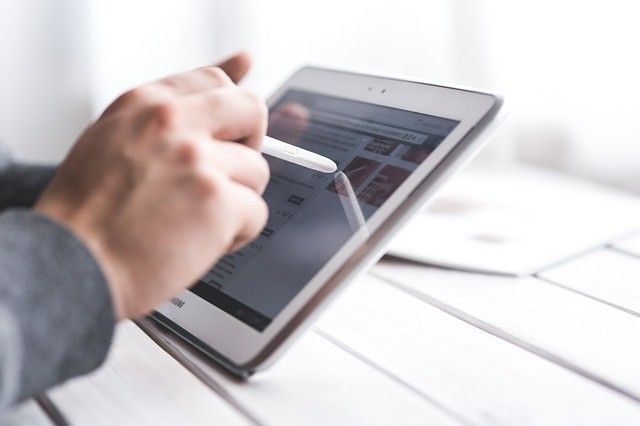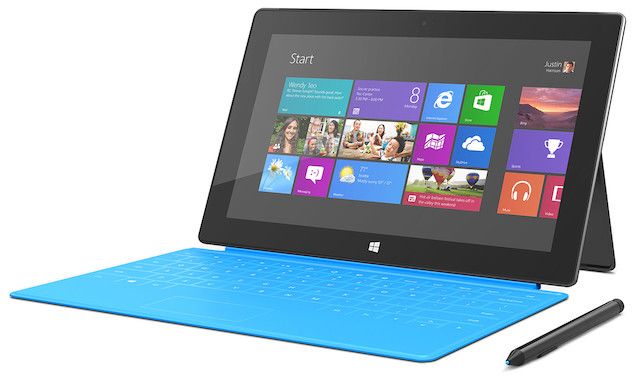Starting from 7 inches and going all the way to 13 inches, tablets now come in a variety of sizes and shapes. Heck, even the iPad has three sizes when the iPhone only has two. As such, it's more difficult than ever to figure out which model is the right one for your needs.
Naturally, deciding on size is primarily about knowing what you want to do with it. However, there are other factors too. If you have a smartphone, it's size plays an important role in picking the size of an accompanying tablet. The same is true if you have a laptop. The aspect ratio of the tablet also plays a part.
So which tablet size should you actually get?
Aspect Ratio: Square vs. Rectangle
iPads have screens that are more "square" -- that is, the length and width are visibly similar, not substantially different. Tablets like the Samsung Galaxy Note, on the other hand, are more "rectangular" or "long" -- that is, the length is visibly longer than the width.
This describes the aspect ratio, an important specification for any screen.
You also need to know two other terms: portrait mode is when you're holding the tablet vertically (longer side goes up-down) and landscape mode is when you're holding the tablet horizontally (longer side goes left-right).
The aspect ratio is the ratio of length to width. Commonly, the "square" aspect ratio is 4:3, which happens to be the same aspect ratio typically used by older CRT monitors. The "rectangle" aspect ratio is 16:9 or 16:10, which is the same aspect ratio typically used by widescreen TVs, laptops, and most smartphones.
Here's a general rule of thumb to decide which aspect ratio is right for you:
- 4:3 is better for reading books/magazines and browsing the web, especially in portrait mode. In landscape mode, 4:3 tablets that are larger than 10 inches are also great for multi-tasking.
- 16:9 or 16:10 is good for watching movies in landscape mode (since you won't get black bars on top and bottom). In portrait mode, these rectangular tablets are fantastic for reading comic books since they better mimic a comic's natural aspect ratio.
Now that you know the shape that's more appropriate for you, let's move onto the best screen size.
Tablets Between 7 to 7.7 Inches
In the world of 5.7-inch and 6-inch smartphones (or "phablets"), the tech world has more or less decided that 7 inches is where a "tablet" starts. And boy, you get a lot of options at this price. Your choices are largely Android tablets, like the Samsung Galaxy Tab 4, or Android derivatives like the $50 Amazon Kindle Fire.
Who should buy a 7-inch to 7.7-inch tablet:
- If your smartphone has a 4-inch to 4.5-inch screen (like the iPhone 4/5 or the Moto E) then these tablets make sense as the difference in screen sizes is more than enough.
- If you move around a lot and will carry your tablet with you, then nothing beats this size for portability.
- If you want a tablet that can double up as a phone in case of an emergency, then 7-inchers with a SIM slot work best. Yeah, they're big and look silly, but they have incredible battery life compared to regular smartphones.
Tablets Between 7.9 to 9 Inches
Between 7-inch and 8-inch, do you really need that extra inch? Some say no, I say yes.
The iPad Mini's 8-inch size with the 4:3 aspect ratio is, in my opinion, the perfect size for a tablet. Tablets are primarily content consumption devices -- as opposed to content creation devices -- and this size is small enough to hold in one hand and be portable while being large enough to browse the web and watch movies in comfort.
I found that this also holds true for tablets that go up to 9 inches, but then I'd recommend switching from 4:3 to 16:9. In many ways, a 9-inch rectangular tablet has the same benefits of an 8-inch square one.
Who should buy a 7.9-inch to 9-inch tablet:
- If your smartphone has a 4.5-inch to 5.2-inch screen (like the iPhone 6 or Motorola Moto X), then these tablets are the right jump in screen size.
- If you want portability and good battery life, coupled with gaming, browsing the web, and watching movies, these tablets work out well.
- If you love comics, 8-inch tablets with a 16:9 aspect ratio are comfortable to hold in one hand for a long time while being big enough that you don't have to strain your eyes to read every word.
Tablets Between 9.7 to 10.1 Inches
From the original Apple iPad to the much-vaunted Samsung Note series, this is the point where tablets go from mere consumption devices to something more. The 10-inch range is often big enough that these tablets can be used as laptop replacements. In some ways, it slots perfectly between a large phone and a large laptop.
Who should buy a 9.7-inch to 10.1-inch tablet:
- If your smartphone's screen is 5 inches or more, these tablets are a good jump in size.
- If you primarily use a tablet at home and won't take it everywhere with you, then this size works. Otherwise, it's too big and bulky to carry everywhere.
- If you do travel a lot and need the screen space, however, then this size tablet can be coupled with a Bluetooth keyboard, saving you the trouble of carrying a more bulky laptop. The iPad Air 2 (read our review) is excellent for this, and if you're considering this option, read our guide on how to turn your iPad into a laptop replacement.
- If you are buying an Android in this size, I'd recommend buying the Samsung Note 10.1 (which we love) or any other such tablet with a stylus. On large screens, a stylus actually becomes useful, especially if you want to use the tablet to replace a notepad in meetings.
Tablets Between 11 to 13 Inches
Going into the bigger size, you're mostly looking at tablets that are meant to be full-on laptop replacements. As such, your mindset needs to change.
Think of these as "work tablets". For example, the iPad Pro isn't just a bigger iPad, it's a tablet whose purpose is equally to create and to consume content. The Microsoft Surface is a tablet but also a PC. The Lenovo Yoga 3 Pro adds a little more: a pico projector to cast your presentations on a big screen.
Who should buy an 11-inch to 13-inch tablet:
- If your laptop is a bulky device -- whether for your performance-hungry work or gaming needs -- then a large "work tablet" is a good portable device to have at hand. At this range, your smartphone screen size is irrelevant; heck, you could even have a smaller 7-inch or 8-inch tablet while rocking a second 12-incher.
- If you primarily consume content and only occasionally need to create content, this size fits perfectly. For example, if you're looking for a large-screen tablet for a senior who isn't comfortable with tech, then an iPad Pro Surface would fit the bill. They mostly won't need the keyboard, but when they do, it's there!
What's Your Preferred Tablet Size?
At this point, you probably know a handful of people who have tablets, so consider asking and trying out their devices to get a better sense of what you need. Many stores also stock all the different tablet sizes.
While this guide serves as a good thumb rule, it's not infallible. The best way to find your perfect size is to try out the different shapes and sizes first.
All right, let's hear what you have to say. Which tablet do you use? Why do you think it's the perfect size? And what's your opinion on 4:3 versus 16:9 tablets?

